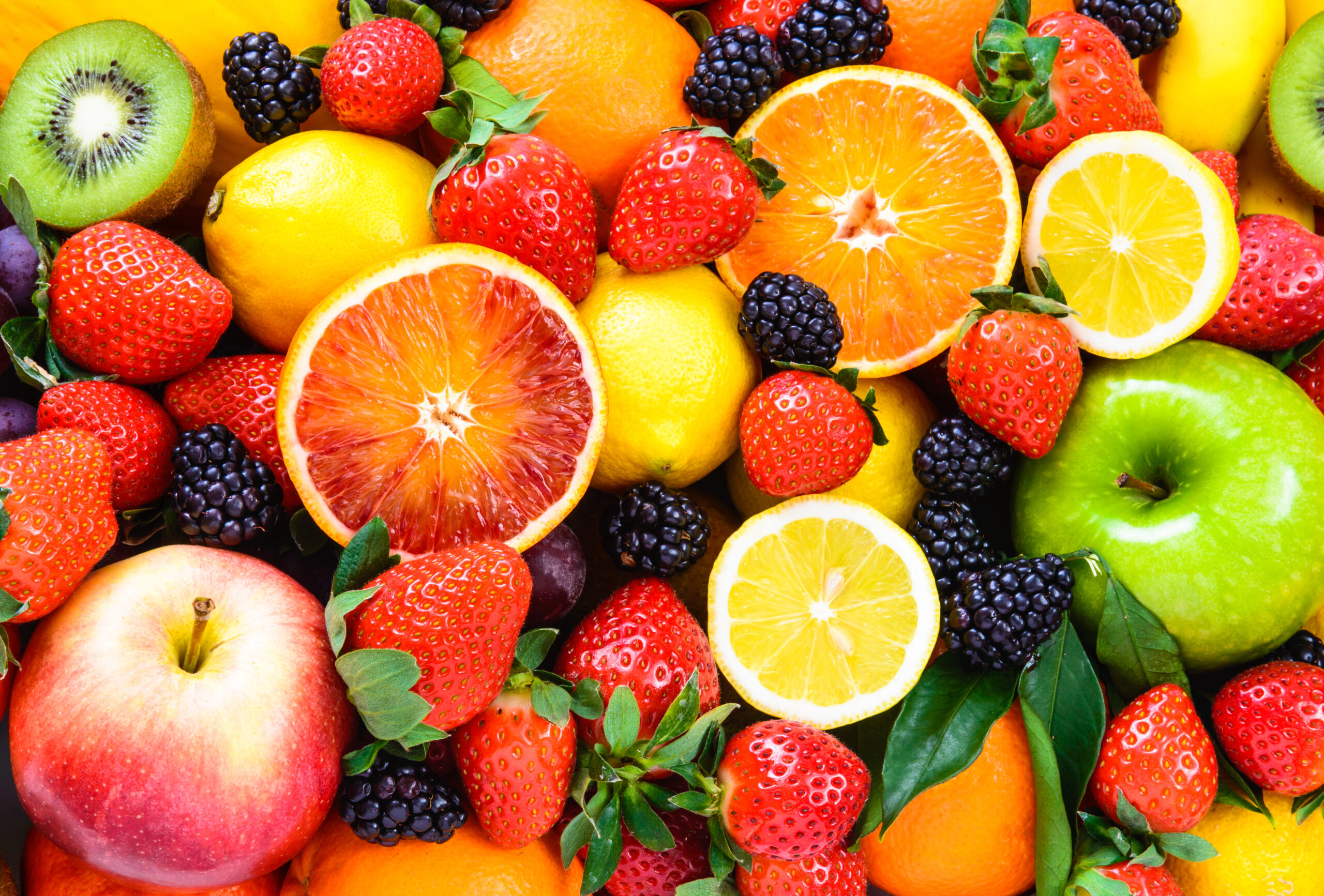Foods That Can Help Manage Seasonal Affective Disorder
Seasonal Affective Disorder (SAD) is a type of depression that typically occurs during the fall and winter months when daylight hours are shorter. While it can be a challenging condition to manage, one approach to alleviating its symptoms involves incorporating specific foods into your diet. These foods can help combat the effects of SAD and improve your overall mood and well-being.
Fatty fish like salmon, mackerel, and trout are rich in omega-3 fatty acids. These healthy fats have been shown to reduce symptoms of depression and boost mood. Omega-3s may help regulate neurotransmitters like serotonin, which play a key role in mood regulation.
Leafy greens like kale, spinach, and Swiss chard are packed with nutrients, including folate and magnesium. Folate helps your body produce dopamine and serotonin, which are essential for mood regulation. Magnesium, on the other hand, can help relax your muscles and reduce anxiety.
Berries, such as blueberries, strawberries, and raspberries, are rich in antioxidants. Antioxidants help protect your brain cells from oxidative stress, which can contribute to mood disorders. Additionally, the natural sugars in berries provide a quick energy boost.
Almonds, walnuts, and flaxseeds are great sources of healthy fats, fiber, and protein. They can help stabilize blood sugar levels, preventing mood swings and energy crashes. Additionally, nuts and seeds contain magnesium, which can relax your muscles and reduce stress.
Complex carbohydrates found in whole grains like oats, quinoa, and brown rice can help regulate serotonin levels in the brain. They provide a steady release of energy, preventing the energy crashes associated with refined sugars.
This vibrant spice contains curcumin, which has anti-inflammatory and antioxidant properties. Some studies suggest that curcumin may have a positive impact on mood and may help alleviate symptoms of depression.
The gut-brain connection is increasingly recognized in mental health. Probiotic-rich foods like yogurt, kefir, and sauerkraut support a healthy gut microbiome, which can influence mood and behavior through the gut-brain axis.
Incorporating lean protein sources like poultry, lean beef, and tofu into your diet provides amino acids that are essential for the production of neurotransmitters like serotonin and dopamine. Protein can also help you feel full and satisfied, reducing the temptation to consume sugary snacks.
Oranges, grapefruits, and lemons are not only rich in vitamin C but also provide a refreshing burst of flavor. Vitamin C is known to boost immunity and may have a positive effect on mood.
Dark chocolate, in moderation, can be a mood booster. It contains compounds that may increase the production of endorphins and serotonin, leading to feelings of well-being. However, it’s essential to choose dark chocolate with a high cocoa content to reap these potential benefits.
Incorporating these mood-boosting foods into your diet can be a valuable part of managing the symptoms of Seasonal Affective Disorder. However, it’s essential to remember that dietary changes alone may not be sufficient to treat SAD. If you or someone you know is struggling with SAD, it’s crucial to seek professional help, such as therapy or light therapy, in combination with a balanced diet, for comprehensive management of this condition.
